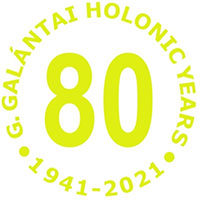Péter György (H)
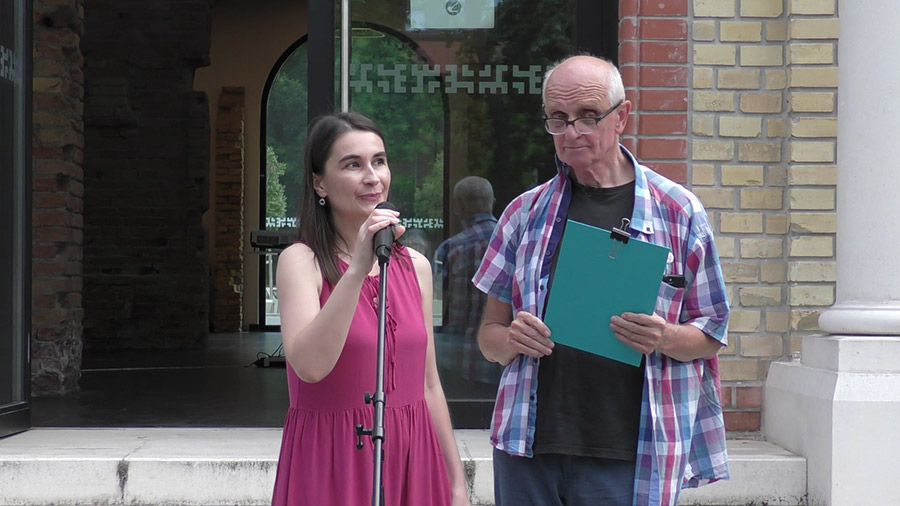
It is rare to find artists in the history of Hungarian art who simultaneously founded institutions and produced works, while helping contemporary movements, making works within the framework of these and at the same time introducing them to and having them recognised by a narrow but all the more close-knit community. Such life’s works rarely last for a whole lifetime and follow different courses of development depending on the genre to which they apply. The literary periodicals Ma, 2x2, Dokumentum and Munka were launched [by Lajos Kassák] one after the next between 1915 and 1939, followed by Kortárs in 1945-48, and there were Új Idők and Alkotás, from which point on Kassák ‘only’ did writing and painting, publishing one volume after the next but not organising movements and editing periodicals (much).
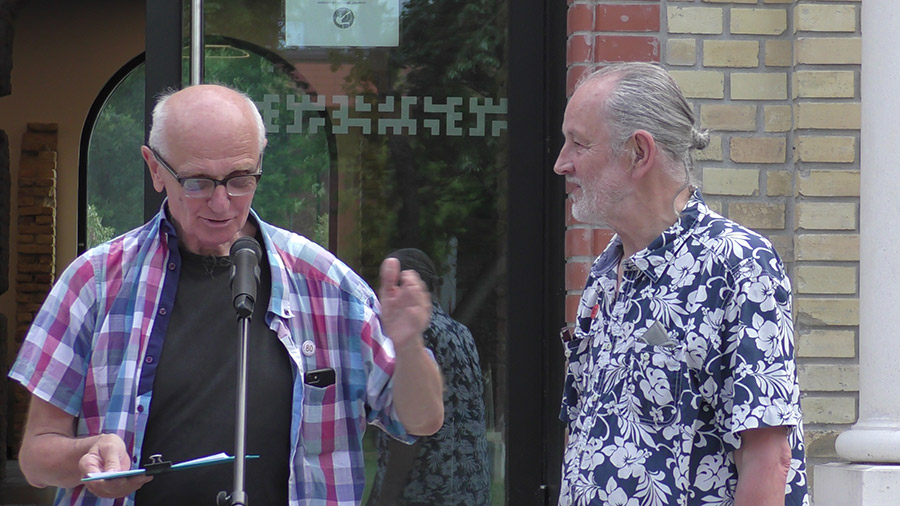
Galántai graduated from the Academy as a painter and then turned to painting, making metal sculptures, while organising performance art events. In 1966 he found the chapel in Balatonboglár, where, in 1968 and in the years that followed, he established a thus far unprecedented institution of contemporary art as part of a then forming community. It was here that Galántai learnt that the operation of - not only neo-Avantgarde but a broadly understood contemporary, present-time art - would be unfeasible without institutions that had been unknown and had not existed in Hungary before then. And the Balatonboglár years, on a bit sadder note, were a lesson that not only shaped and impacted his own life but served as an inimitable experience for many artists who debuted there. The emergence of hidden and open networks of micro communities (homage to Ferenc Mérei) introduced a change that affected the spectrum of potentials for contemporary art and in accordance with it its openness and aesthetic tenets. The radical change in the concept of what constitutes a work of art is inseparable from the horizon of actions the development of which Galántai had an intrinsic part in.
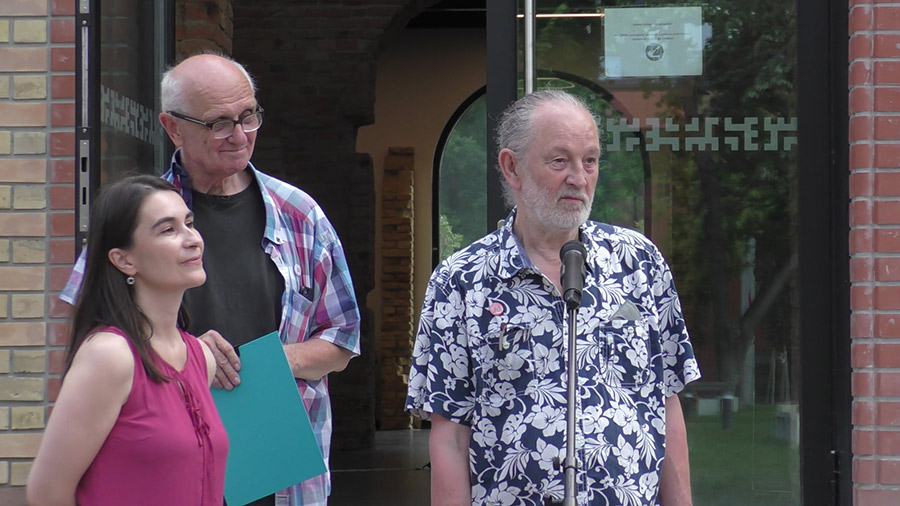
Then, the way I see it is that in his post-Balatonboglár situation – marginalised and untenable as it was – Galántai entered the realm of the politics of memory, if we compare his activity to his previous actions aimed at creating the place and position of contemporary art in the actual present: let me note here that the category of memory politics was not in use in that era. Az Artpool, which was a semi-legal or illegal institution dealing with a contemporary communication art, i.e. with the process of discoveries through correspondence, was also an archive. The joint project of Galántai and Júlia Klaniczay can now operate in the context of the Museum of Fine Arts, one of the most important institutions of the art history canon, and enjoy full autonomy. Thus, Artpool and AL, short for Artpool/Topical Letters (archaic imprints of a rare and amazing kind), are now an archive and series of documents that have a value of historical sources. I can sincerely say that archives with such commitment and precision as that created by Galántai and Klaniczay are few and far between in Hungarian culture.

And at this point, let me try and describe within the scope of a celebratory ‘speech’ what has happened. Given the new situation Artpool is in – being granted autonomy and security previously unknown to it – the excellent researchers and the staff of the institution present are faced with an opportunity and a challenge: not merely to preserve the Artpool tradition but to make it the theme of the institution. In other words, Artpool has the opportunity to make its own story the subject of research and, accordingly, can create a venue for researching, archiving and exhibiting the contemporary art of the present time in the spirit of the Actual/Topical Letters. Equally importantly, it could serve as a place of orientation and participation in international contexts – in the spirit of correspondence – and, accordingly, as an agent of criticism of everything we call the art world.
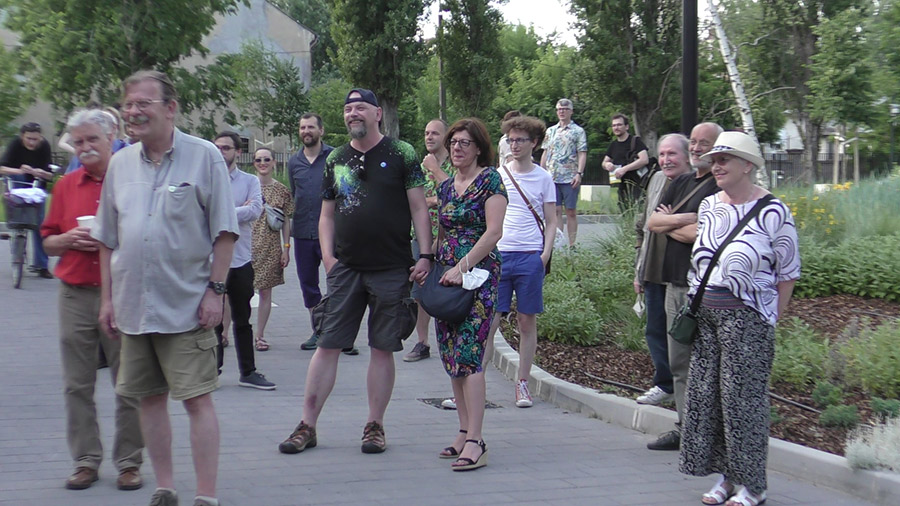
Galántai and Klaniczay – Dear Gyuri and Dear Juli, to finally address you in person: I believe, or rather see, that your lives’ work, the work that has been lasting your entire lives, and has not reached its end yet, has been given a home in an institution which – finally – views Artpool as a free institution linked to the art canon. Those who share the view that we cannot speak of memory, art and cultural history without contemporary, Avantgarde culture can each be grateful for this to you and those working here at the present.
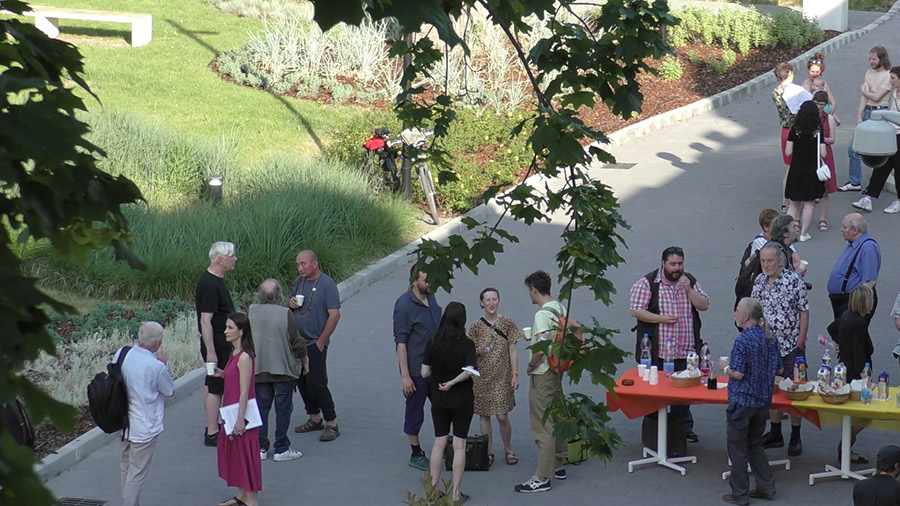
Dear People who assembled here, celebrating, friends, fans, colleagues and all who know that their mission is in this place: today is the great day of Artpool and György Galántai, who is inseparable from it. Photographs are being taken and videos being made: they will be published in different points of the network already today: or they might have already been published.
It is as if Time has caught up with Artpool: and this, again, is the kind of change that must provide a clear focus for those who work here.

"Art does not come from the present, but from the future. What is accepted as art today is just art. An alternative is what is not seen today, or does not seem so". (from: Decemberi tézisek [December theses], 1987)
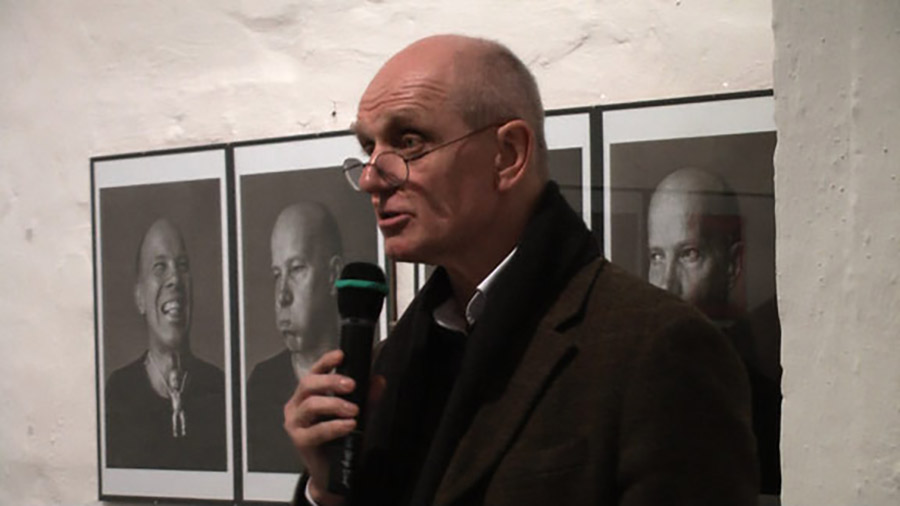

"Galántai does not offer his audiences aesthetic discoveries arising from introverted identities, nor human dramas, the existence or crisis of psychological-philosophical identities, nor, finally, the results of geometric choices, but dialogues between concepts and objects, the question of translating language games into visual dimensions. That is to say, I believe, and I hope I am not mistaken, that he considers his exhibitions, that is to say his documentary collections, as his artworks." (from: A folyamatos utalás [The continuous reference], Élet és Irodalom, 14 August, 2020)
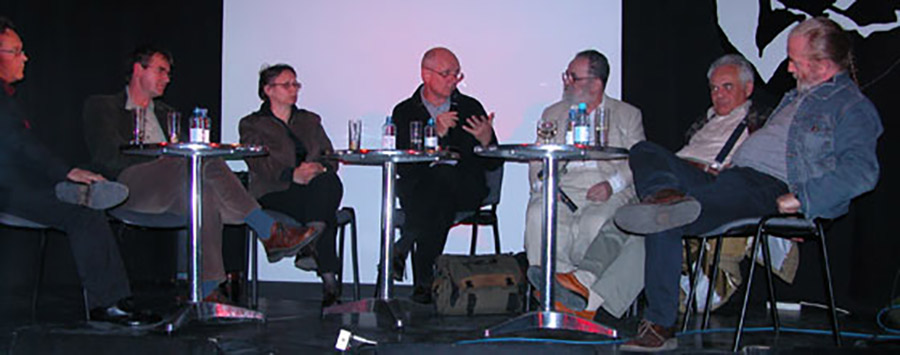
● AID CONCEPT ● Galántai70 (video) ●
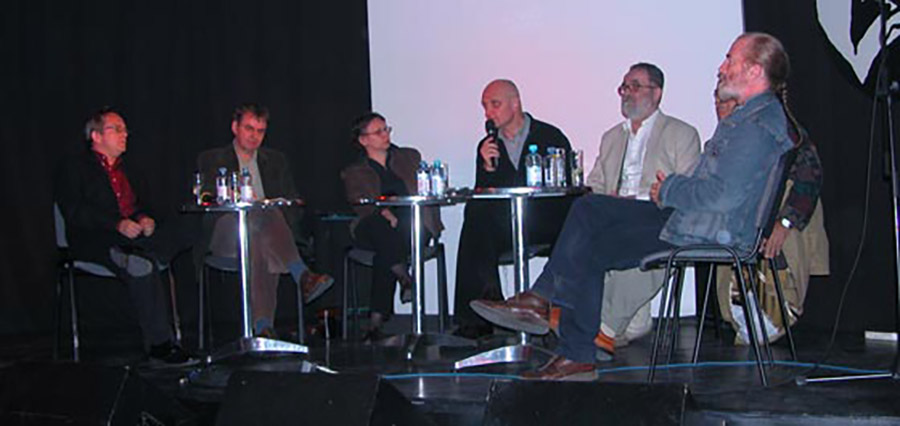
● ELTE Institute for Art Theory and Media Studies ● hu.wikipedia ●

